In 2025, saffron typically costs between $5 and $20 per gram, depending on quality, origin, and market conditions. If you've ever wondered why this crimson spice commands such a high price, you're not alone. This guide explains everything you need to know about saffron rate per gram, including factors affecting pricing, how to identify genuine saffron, and cost-saving tips for home cooks.
Table of Contents
- Why Is Saffron So Expensive?
- Current Saffron Rate Per Gram in 2025
- Factors That Affect Saffron Pricing
- Buying Guide: How to Choose Quality Saffron by the Gram
- Smart Tips to Save on Saffron Without Compromising Flavor
- Creative Ways to Use Saffron in Small Quantities
- Frequently Asked Questions About Saffron Rate Per Gram
- Conclusion
Why Is Saffron So Expensive?
The first thing to understand before diving into the saffron rate per gram is why this delicate crimson thread commands such a high price tag.
- Labor-intensive harvesting: Each saffron stigma must be hand-picked from the Crocus sativus flower, which blooms only once a year.
- Huge volume needed: It takes approximately 75,000 blossoms to produce just one pound (around 453 grams) of saffron.
- Quality control: The best saffron is carefully sorted and dried to preserve flavor, aroma, and color.
Current Saffron Rate Per Gram in 2025
As of 2025, saffron prices vary significantly based on quality grade and origin. Here's what to expect:
| Quality Grade | Average Price Per Gram | Notes |
|---|---|---|
| Super Negin (Top Grade) | $15–$20+ | Bright red threads, strong aroma, minimal white style |
| Negin / Coupe | $10–$15 | High-quality, mostly red with some intact styles |
| Pushal / Bunch | $6–$10 | Mixed threads, may contain more white part |
| Crumbled / Powdered | $3–$6 | Potential for adulteration; less intense flavor |
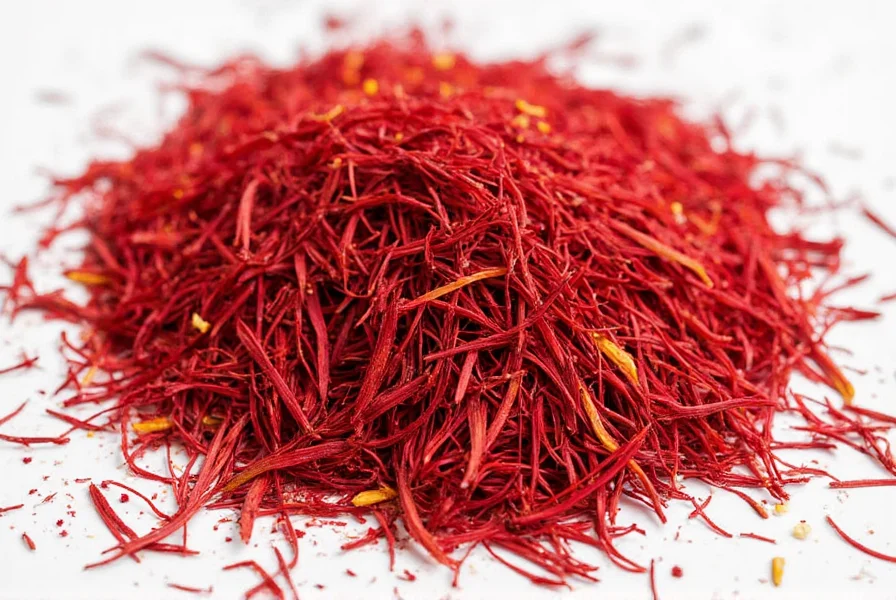
Factors That Affect Saffron Pricing
Understanding the saffron rate per gram means understanding the variables that influence its cost. Here are the big ones:
Origin
Where your saffron comes from has a major impact on both flavor and price. Iranian saffron makes up over 90% of global production and is often considered the gold standard. Spanish and Indian (Kashmiri) saffron also have loyal followings but vary in taste and intensity.
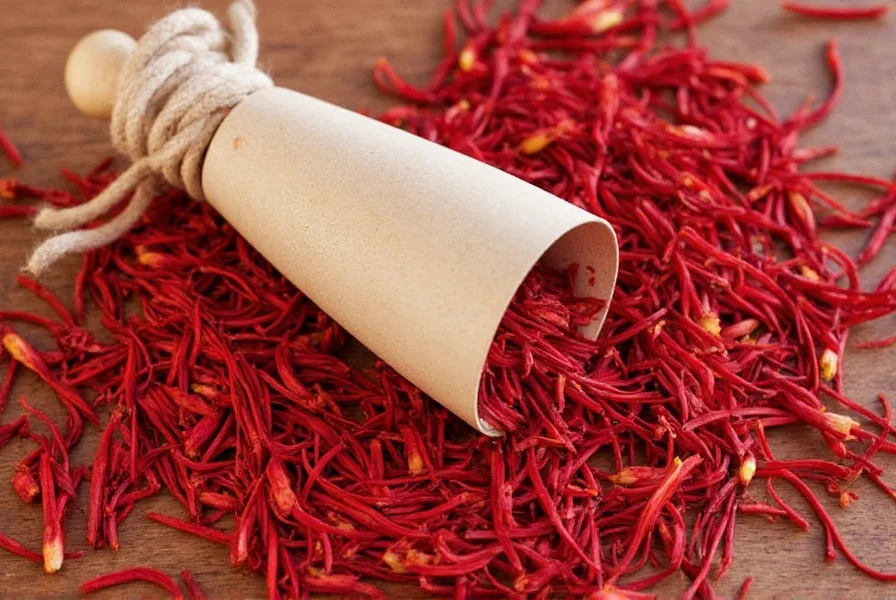
Grade & Purity
- Whole threads vs. powder: Whole threads are generally purer and more potent.
- Red vs. white parts: The red stigmas are the valuable part; white styles add weight but little flavor.
Harvesting Method
Hand-harvested saffron costs more than machine-assisted methods, but the quality is noticeably better. True gourmet saffron is always hand-picked and sorted.
Organic vs. Conventional
Like other premium ingredients, organic saffron comes at a premium price. If sustainability is important to you, look for certified organic saffron—but keep in mind it could push the saffron rate per gram higher.
Buying Guide: How to Choose Quality Saffron by the Gram
Here's how to shop like a pro when buying saffron—even if you're only getting a gram or two.
Look for Whole Threads
If possible, opt for whole saffron threads instead of powdered versions. You get more potency and can visually inspect the quality. Plus, you can steep them for richer flavor.
Check for Certification
Look for labels like ISO certification or Protected Designation of Origin (PDO), especially for Spanish saffron. These certifications ensure authenticity and purity.
Watch Out for Fakes
Cheap saffron isn't always real saffron. Some products are dyed corn silk or safflower. Do a quick water test: real saffron will slowly bleed a golden-yellow hue into warm water without turning orange or red immediately.
Buy in Small Quantities
Saffron loses potency over time. Since a little goes a long way, buy only what you'll use within 6 months to a year. That way, you maximize flavor and minimize waste.
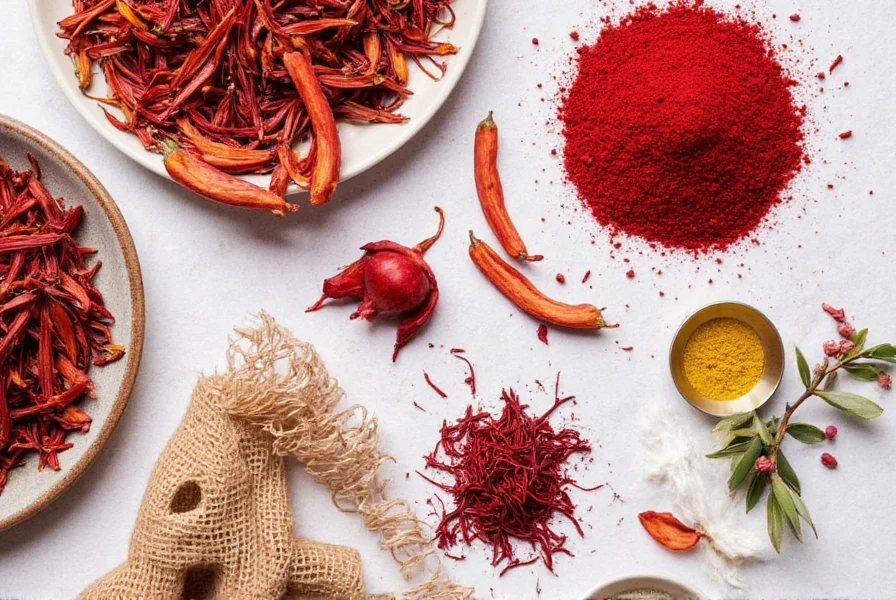
Recommended Products
| Product Name | Price Per Gram | Best For | Pros |
|---|---|---|---|
| Iranian Super Negin Threads | $18/g | Gourmet cooking, special occasions | Exceptional color and aroma, top-tier grade |
| Spanish Coupe Grade | $12/g | Paella lovers, frequent users | Consistent quality, excellent versatility |
| Kashmiri Mongra Threads | $15/g | Indian cuisine, rice dishes | Rich aroma, deep red color |
| Organic Saffron Blend | $10/g | Eco-conscious cooks | Certified organic, no additives |
Smart Tips to Save on Saffron Without Compromising Flavor
Ready to stretch your saffron budget? Try these clever strategies:
- Use a mortar and pestle: Crush saffron threads with a pinch of sugar or salt to release more flavor.
- Steep before using: Infuse saffron in warm liquid (water, broth, milk) for 10–20 minutes to intensify color and aroma.
- Shop during festivals: Many spice vendors offer discounts around holidays like Thanksgiving or Diwali.
- Buy seasonal deals: Harvest season runs October–November, so fresh batches hit the market then—often at competitive rates.
- Store properly: Keep saffron in an airtight container away from light and moisture to maintain potency.
Creative Ways to Use Saffron in Small Quantities
You don't need a lot of saffron to make a big impact. Here are some delicious ways to use just a few strands at a time:
- Infused Rice: Add saffron-infused water to basmati or jasmine rice for a luxurious touch.
- Golden Latte: Whisk saffron-infused milk with turmeric and honey for a warming, anti-inflammatory drink.
- Saffron Butter: Mix crushed saffron with softened butter for a flavorful addition to grilled fish or veggies.
- Pastry Glaze: Brush saffron-infused egg wash on pastries for a golden sheen and subtle aroma.
- Dessert Syrup: Make a simple syrup with saffron, sugar, and citrus zest for cakes or ice cream drizzle.
Frequently Asked Questions About Saffron Rate Per Gram
What is the average saffron rate per gram in 2025?
Good quality saffron typically ranges from $5-$15 per gram. Super Negin (top grade) costs $15-$20+ per gram, while lower grades like Pushal or powdered saffron can be found for $3-$10 per gram. Prices fluctuate based on harvest yields, quality, and origin.
Why is saffron so expensive compared to other spices?
Saffron's high price comes from its incredibly labor-intensive harvesting process. It takes approximately 75,000 crocus flowers to produce just one pound of saffron, and each delicate stigma must be hand-picked during a short harvest season. The entire process from planting to packaging requires meticulous human labor, which drives up costs significantly.
How much saffron do I need for most recipes?
Surprisingly little! Most recipes require only 15-30 threads (about 0.05-0.1 grams) to achieve the desired color and flavor. A single gram of saffron contains approximately 400-500 threads, meaning one gram can make 10-20 servings of dishes like paella or risotto.
Is more expensive saffron worth the higher price per gram?
Generally yes. Higher-priced saffron (Super Negin grade) contains more of the valuable red stigmas and less of the white style, resulting in stronger flavor, better color, and more potent aroma. Lower quality saffron often contains more filler (white style) and may be less potent, meaning you need to use more to achieve the same effect, potentially negating any savings.
How can I tell if saffron is good quality before purchasing?
Look for these indicators of quality: vibrant deep red color (minimal to no yellow/orange parts), a strong floral-honey aroma, and whole threads rather than powder. When steeped in warm water, authentic saffron will slowly release a golden-yellow color (not immediately turning the water red or orange). Check for certifications like ISO or PDO labels for additional assurance.
Where can I buy authentic saffron at reasonable prices?
The best value often comes from purchasing directly from reputable online retailers specializing in spices, particularly during harvest season (October-November) when fresh batches arrive. Look for sellers who provide origin information, harvest dates, and quality certifications. Specialty Persian or Middle Eastern markets often offer better prices than mainstream grocery stores.
How should I store saffron to maintain its value and potency?
Store saffron in an airtight container away from light, heat, and moisture. A dark glass vial kept in a cool cupboard is ideal. Properly stored, saffron maintains its potency for 1-2 years. Buying small quantities (1-2 grams at a time) ensures you're using it at peak freshness, maximizing the value of each purchase.
What's the difference between the various saffron grades and their price points?
Saffron is graded primarily by the amount of red stigma versus white style included. Super Negin (most expensive) contains only the longest, darkest red stigmas. Negin/Coupe grade has mostly red stigmas with some white style. Pushal contains more white style, and powdered saffron is the least expensive but most prone to adulteration. Higher grades deliver more flavor and color per gram, making them more cost-effective despite the higher upfront price.
Conclusion
The saffron rate per gram might seem intimidating at first glance, but with a little knowledge and savvy shopping, you can enjoy this exotic spice without overspending. Whether you're a home cook experimenting with new flavors or a professional chef looking to elevate your dishes, there's a perfect saffron option for every kitchen—and budget.
Remember, a gram goes a long way. With proper storage and usage techniques, even the priciest saffron can last you for months. Focus on quality over quantity, and let those few precious threads transform your meals into something truly magical.
So next time you see that little bottle labeled "$15 per gram," smile, take it off the shelf, and go ahead. You're not just buying spice—you're investing in a centuries-old tradition of flavor, culture, and culinary excellence.
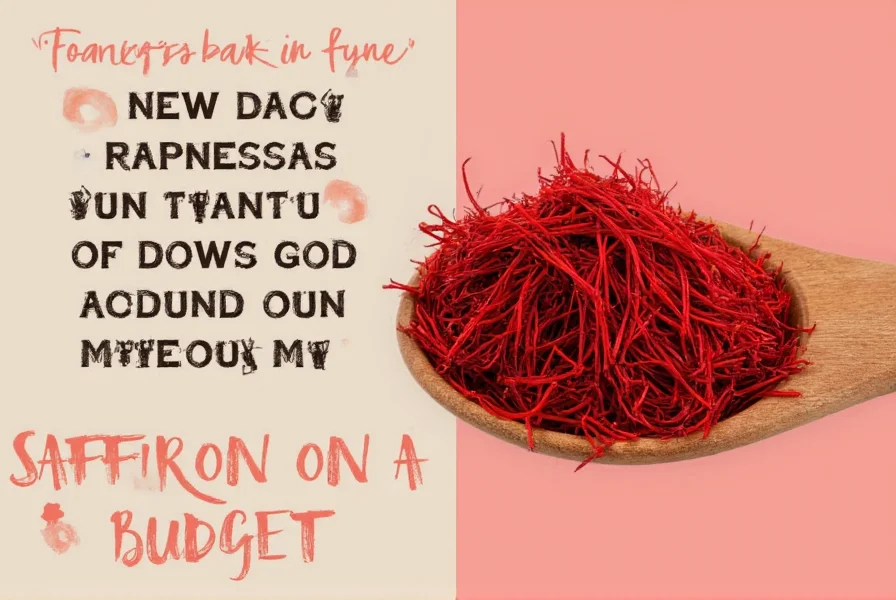
Got a favorite saffron recipe or tip for stretching its flavor? Share it below! Let's keep the saffron love going.

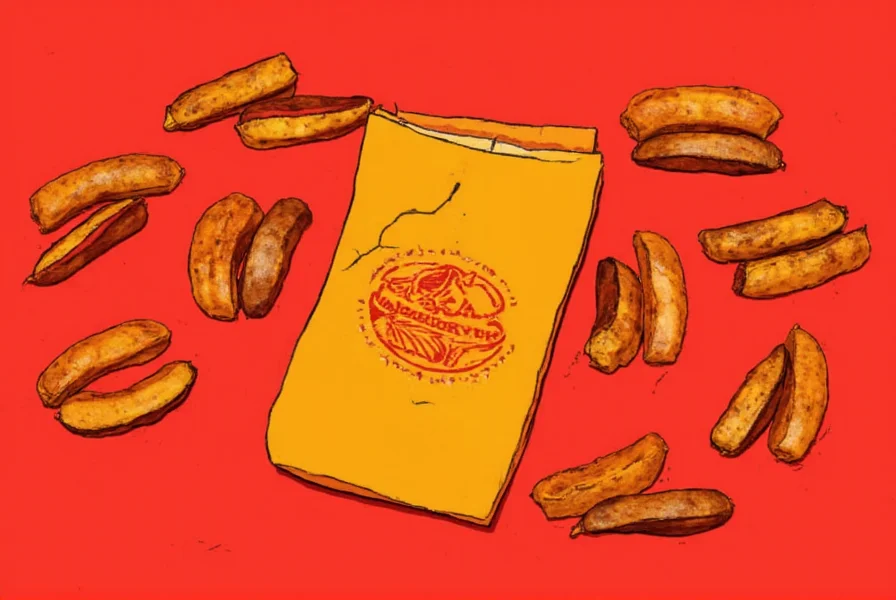









 浙公网安备
33010002000092号
浙公网安备
33010002000092号 浙B2-20120091-4
浙B2-20120091-4